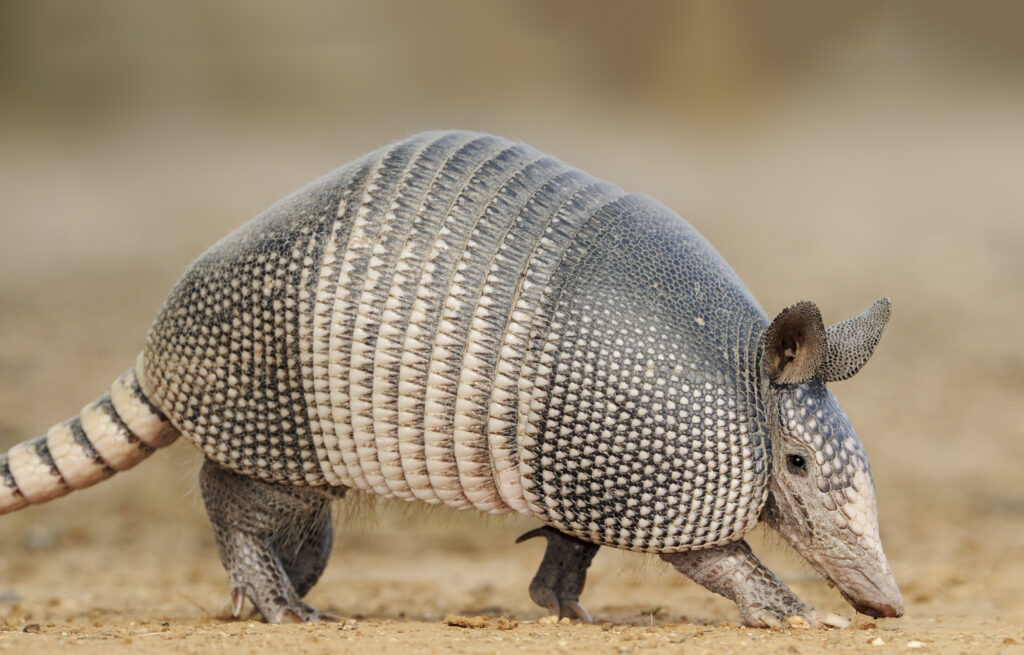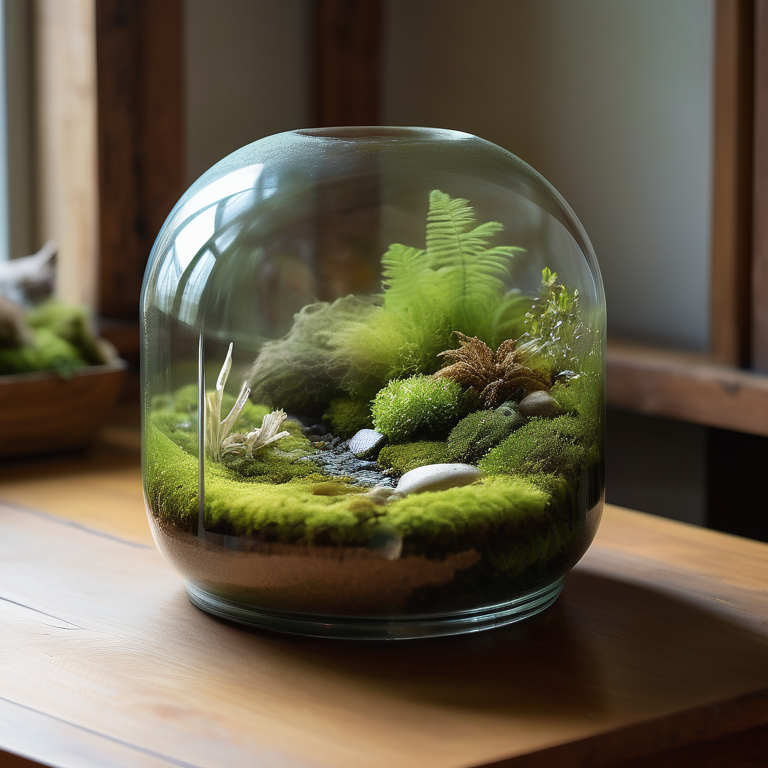Mastering the Art of Trapping Armadillos: A Simple Guide
Understanding Armadillos: The Critters in Your Yard
Armadillos are fascinating little creatures, often seen as cute but can be quite a nuisance. Known for their hard shells and digging habits, they can turn a well-manicured garden into an unrecognizable mess. If you’re dealing with these pesky critters, trapping them is one of the most effective ways to restore peace in your yard.

Why Trap Armadillos?
You might ask, “Why should I even bother trapping armadillos?” Well, these animals dig up lawns, flower beds, and gardens in search of insects and grubs. Their tunnels and holes create unsightly damage and can lead to additional problems like attracting other pests. Trapping arms you with a solution to protect your outdoor spaces without harming the animal or the environment.
Choosing the Right Trap
Before setting off on your trapping adventure, you’ll need to pick the right trap. Live traps are the most humane option, allowing you to capture the armadillo without harming it. Look for a trap that’s sturdy, ideally at least 10 inches wide and 30 inches long. Make sure it has a solid door mechanism to ensure the armadillo can’t escape once inside.
Finding the Perfect Location
Where you place the trap is just as important as the trap itself. Armadillos are primarily nocturnal and prefer to roam in the dark. Look for signs of their activity: burrows, dig marks, or tracks in the soil. Setting your trap near these signs increases your chances of a successful capture. Areas like along fences, under bushes, and near food sources like gardens or compost piles are excellent spots to consider.
Baiting the Trap
Now comes the fun part—baiting your trap! Armadillos have a keen sense of smell, so using the right bait is critical. Some of the most effective options include:
- Worms: Nightcrawlers are particularly tempting to armadillos and easy to find at your local bait shop.
- Fruit: Overripe fruit, like bananas or melons, can attract armadillos with their sweet scent.
- Pet food: Dry cat or dog food can also work wonders, as it mimics the protein-rich diet they’re seeking.
Set the bait in a way that encourages the armadillo to enter the trap fully.
Setting the Trap
Once you’ve placed the trap in the right location and baited it attractively, it’s time to set it. Follow the manufacturer’s instructions carefully to ensure the trap is working correctly. Make sure it’s stable and won’t tip over. Check the trap regularly to see if you’ve captured an armadillo, as you wouldn’t want it to stay in there longer than necessary.
Dealing with Your Catch
Congratulations! If you’ve successfully captured an armadillo, you’ll want to handle the situation responsibly. First, ensure it’s legal to relocate armadillos in your area, as laws can vary by region. If relocating is permitted, transport it a safe distance away to a suitable habitat—like woods or fields—where it can thrive without causing problems for others.
Tips for Prevention
Once you’ve caught the armadillo, consider ways to prevent future visits. Fencing your garden or yard can deter these critters, as they won’t dig through solid barriers. Keeping trash secured and reducing standing water will also make your yard less enticing.
Conclusion
Trapping armadillos might seem daunting, but with the right approach, it can be an effective way to reclaim your outdoor space. By choosing the right trap, bait, and location, you’ll soon find yourself dealing with fewer unwanted guests. So, take the plunge and start your trapping mission today! Your yard will thank you.
Must Read : The Ultimate Guide to Choosing Rabbit Breeding Cages for Outdoor Use






